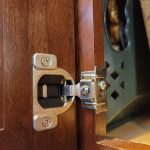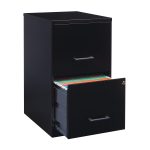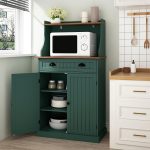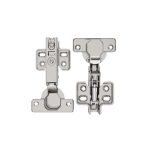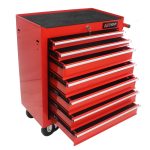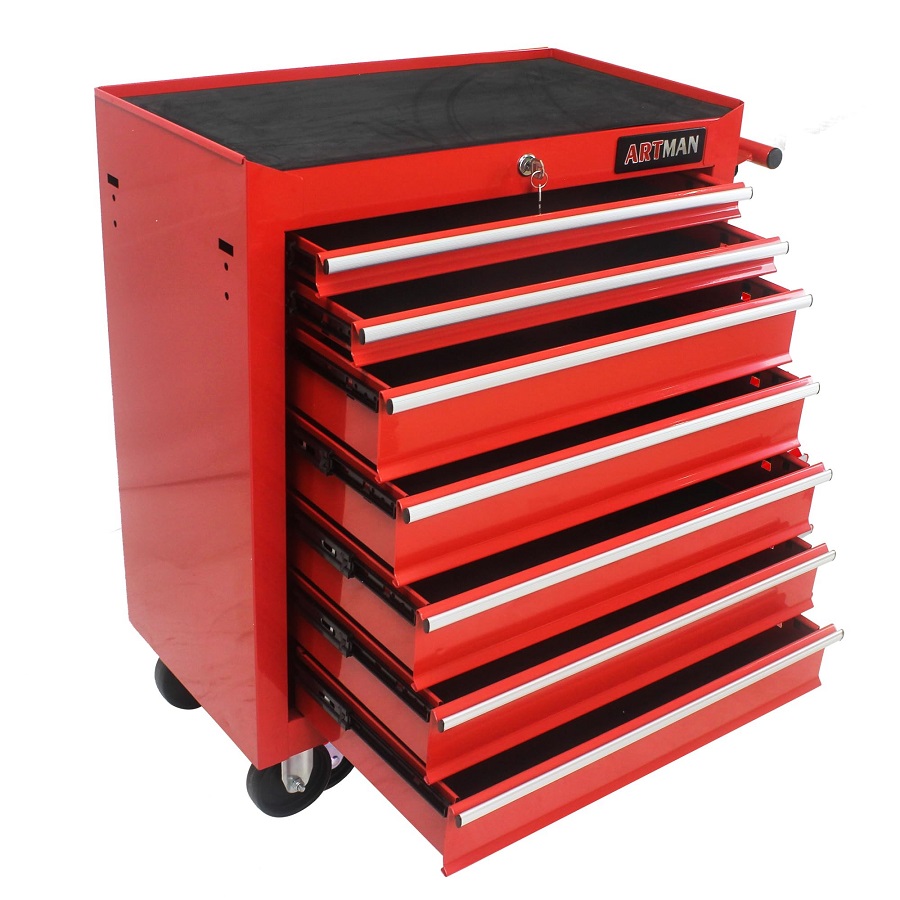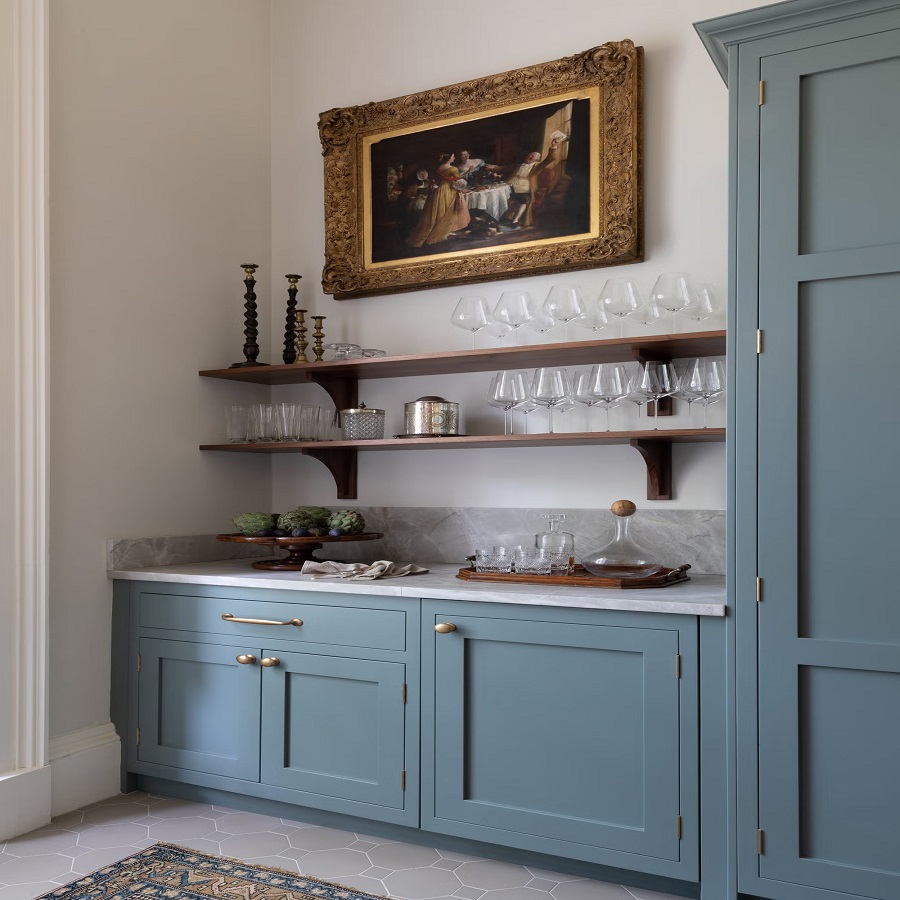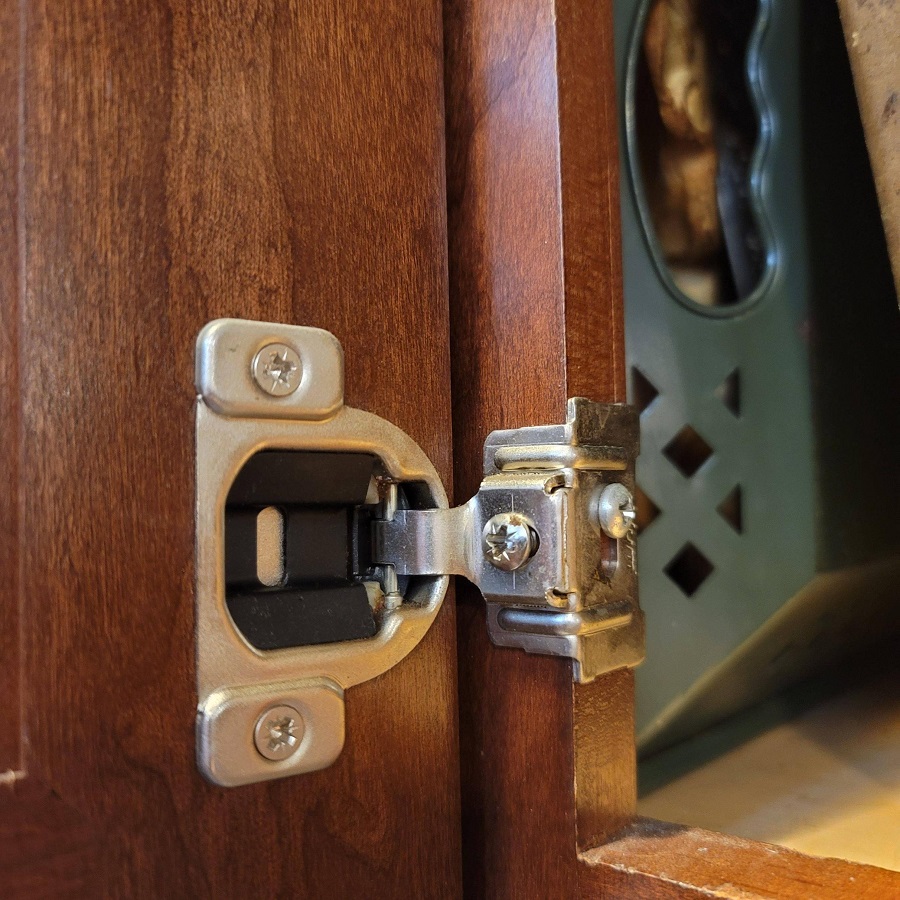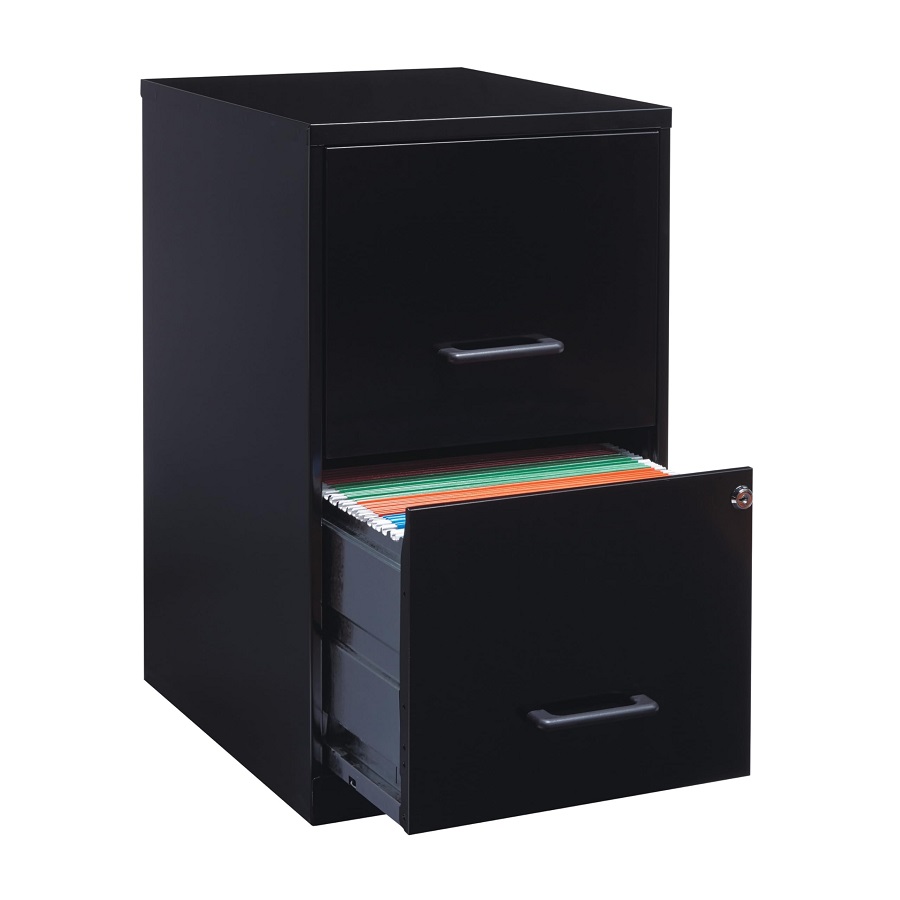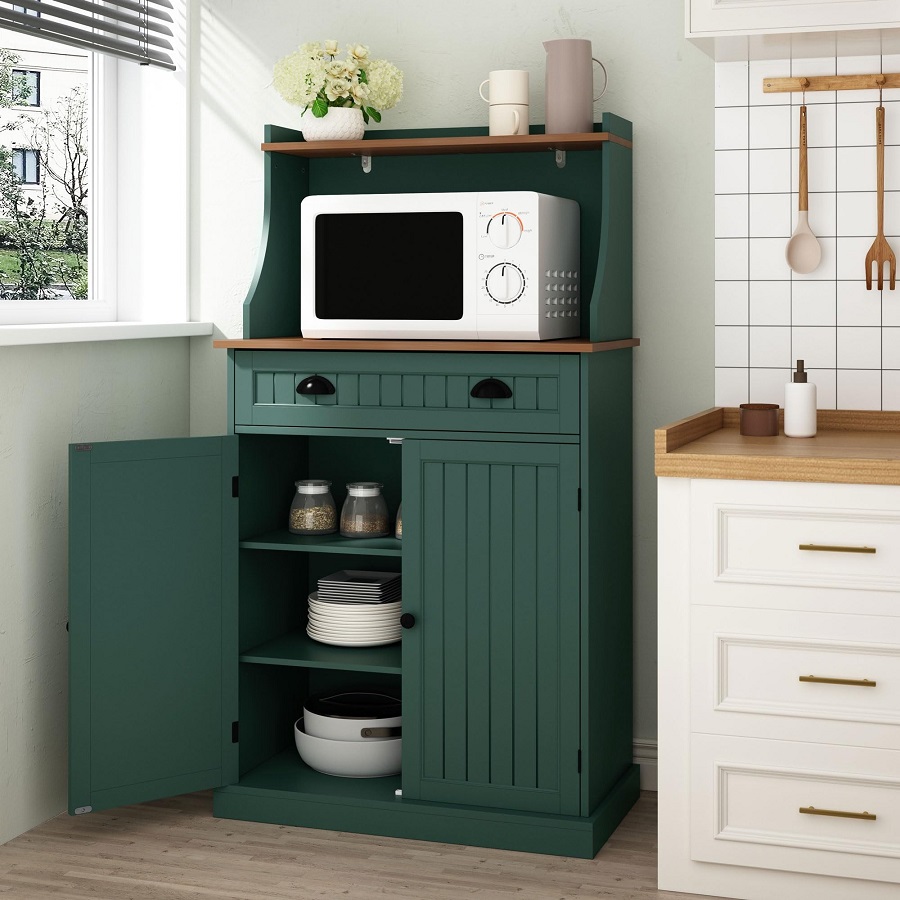The Importance of Tool Organization in Small Workspaces
Effective tool organization is crucial in small workshops. Limited space means every inch counts. A cluttered area leads to lost time and frustration. Tools scattered about can also pose safety risks. An organized tool cabinet helps you find what you need quickly. It boosts productivity and streamlines workflow. With an organized setup, you can focus on the project, not the clutter. Whether you’re a professional or a DIY enthusiast, a well-organized space is key. It allows for a smoother, more enjoyable work experience. And it turns a small area into an efficient work zone. Remember, in a compact workspace, organization is not just nice to have—it’s essential.
Criteria for Selecting the Right Tool Cabinet for Limited Spaces
Choosing the right tool cabinet for a small space requires careful consideration. Here are some key criteria:
- Size and Capacity: Measure your workshop space before you shop. Opt for cabinets that fit well and can hold your tools comfortably.
- Built Quality: Look for sturdy build that can withstand frequent use. Metal or heavy-duty plastic are good choices.
- Mobility and Stability: Consider cabinets with wheels if you need to move them around. Make sure they lock in place, ensuring safe use.
- Storage Flexibility: Go for cabinets with adjustable shelves and drawers. This allows you to customize the storage to fit various tools.
- Efficient Organization: Choose designs with compartments and separators. These features help keep tools in place and easily accessible.
- Ease of Access: Make sure that drawers and doors open smoothly, even in tight spaces. Avoid over-sized handles that protrude too much.
- Locking Mechanism: For security, select cabinets with a reliable lock system, especially if you store valuable tools.
- Price Point: Set a budget before searching for a tool cabinet. Balance cost with the above features to get the best value.
By considering these factors, you can find a tool cabinet that maximizes your small workshop area. Remember, the right choice can greatly impact your workflow and productivity.
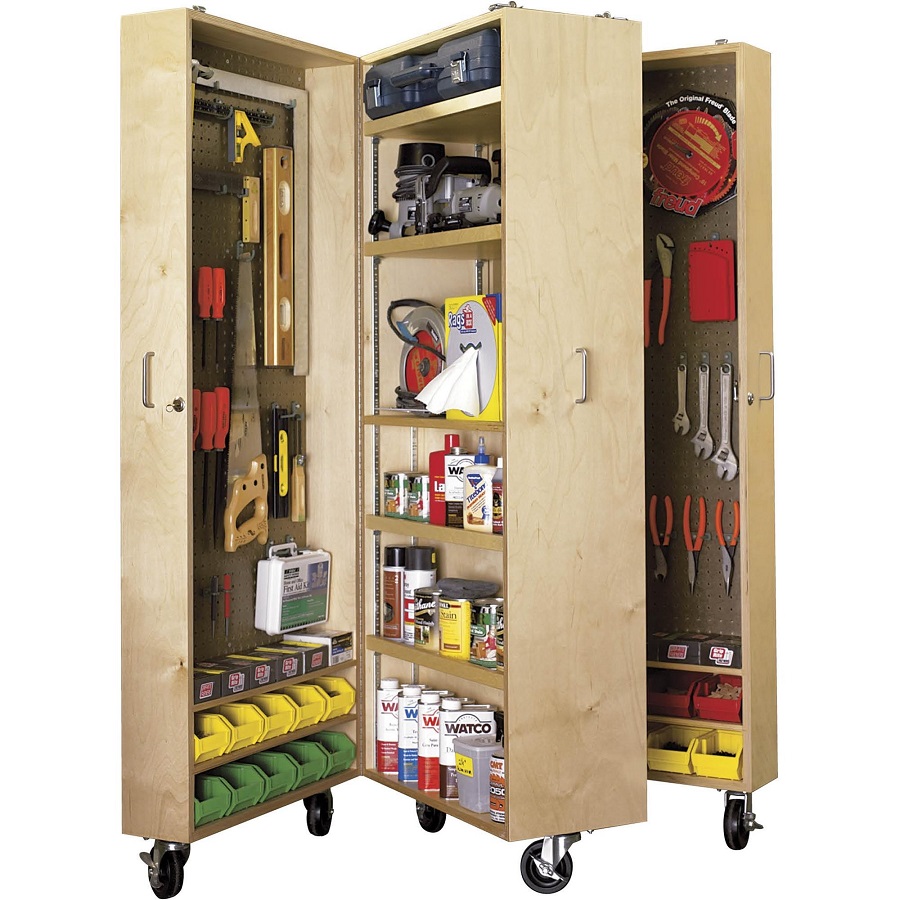
Space-Saving Tool Cabinet Designs for Small Workshops
Optimizing a small workshop requires strategic design choices, especially when it comes to selecting a tool cabinet. Here are some space-saving tool cabinet designs that are ideal for small, limited spaces:
- Multi-functional cabinets: Choose a tool cabinet that combines storage with work surfaces. Flip-up tables or slide-out boards can transform a cabinet into a temporary workspace.
- Modular storage systems: These allow you to customize the setup. You can add or remove units as your tool collection grows or changes.
- Corner cabinets: Make use of often-wasted corner space. Corner cabinets can offer deep storage without taking up much floor space.
- Wall-mounted cabinets: Utilize vertical space on walls. This clears the floor and can make tools easily reachable. Ensure they are securely mounted to handle the weight of your tools.
- Under-bench tool cabinets: If you have a workbench, consider cabinets designed to fit beneath. This keeps tools hidden and the area uncluttered.
- Narrow, tall cabinets: A slim, vertical cabinet takes up little floor space. It can store tools vertically, making efficient use of the workshop’s height.
- Fold-out cabinets: Some cabinets have doors that unfold into shelves or workspaces, giving you extra surface when needed.
Each of these designs takes into account the challenges of working with limited space. By implementing these ideas, you can ensure your small workshop stays organized without feeling cramped. Remember to measure your space and consider the types of tools you need to store before making a decision. A well-chosen tool cabinet can greatly enhance the functionality and efficiency of your workshop.
Innovative Tool Storage Solutions: Going Beyond Traditional Cabinets
In a small workshop, every inch of space is precious. Moving beyond the typical tool cabinet designs opens up new possibilities for organization and efficiency. Innovative tool storage solutions can multiply the usable space and adapt as your tool collection evolves. Here are some creative ideas to consider:
- Magnetic strips: These strips can hold tools in place on any vertical surface. They are ideal for keeping small metal tools accessible and off your work area.
- Pegboards: A classic choice that’s still highly effective. Outfit a pegboard with hooks and holders for a customizable storage wall.
- Portable caddies: A caddy can hold essential tools for a specific job. It’s convenient for moving between tasks and keeps your main work area clear.
- Ceiling storage: Install racks or shelves on the ceiling to store seldom-used tools or materials. This keeps your workspace open and makes use of overhead space.
- Mounting hooks for power tools: Create individual hooks to hang drills, saws, and other power tools. This makes it easy to grab what you need and put it back.
- Collapsible shelves and racks: Use fold-away shelves and racks for flexible storage. They expand when you need them and tuck away when you don’t.
These innovative tool storage solutions can revolutionize how you manage your workspace. Integrating a mix of these ideas with your traditional tool cabinets can significantly enhance the organization and functionality of your small workshop. When selecting these solutions, consider the size, weight, and frequency of use of your tools to ensure the storage aids are practical and stress-free. Always aim for a balance of accessibility, organization, and efficient use of space.
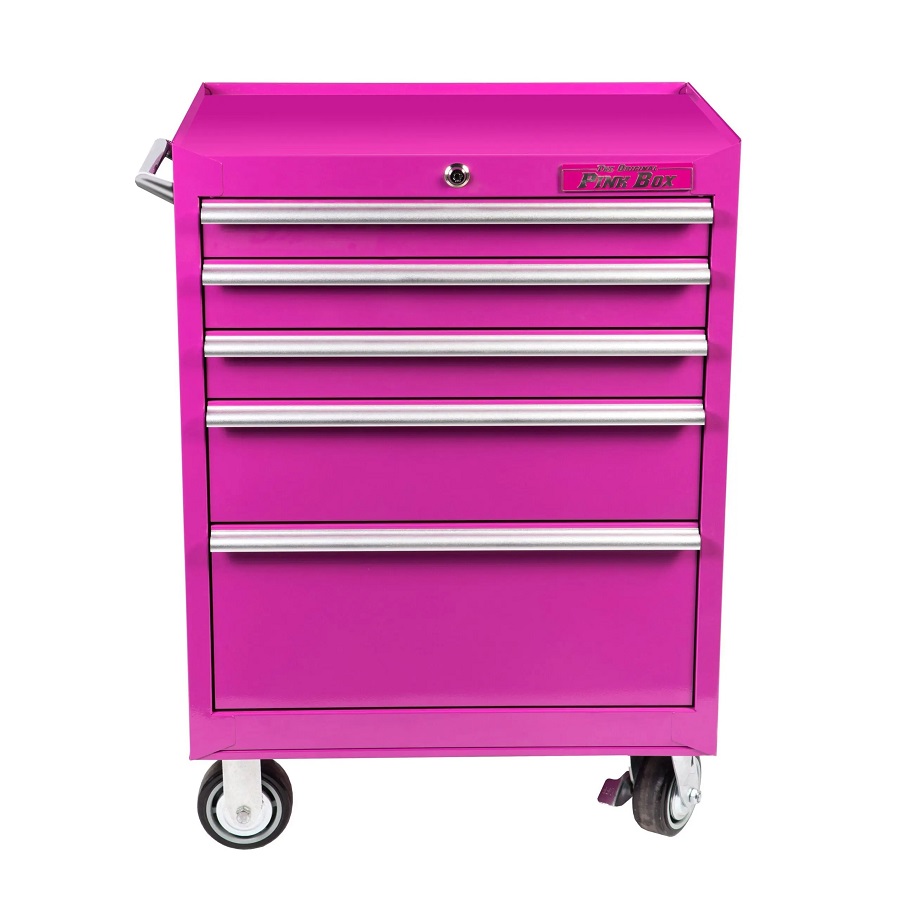
Customizing Your Tool Cabinet to Maximize Efficiency
Customization is key to maximizing efficiency in a small workshop tool cabinet. To achieve this, consider personalizing your storage unit. Tailor it to your specific needs for a highly functional workspace. Start by identifying the tools you use most often. Give them prime spots in your cabinet. This makes them easily accessible and speeds up your work process.
Here are some steps to customize your tool cabinet successfully:
- Adjust Shelves and Drawers: Change the heights of shelves and drawers to fit different tool sizes. This helps to avoid wasted space.
- Use Drawer Dividers: Organize smaller items with drawer dividers. Keeping bits, screws, and nails sorted prevents clutter.
- Mount Additional Hooks: Add hooks inside or outside the cabinet to hang frequently used tools. This keeps them within arm’s reach.
- Label Areas: Clearly label drawers and shelves. This saves time finding tools and reminds you where to put them back.
- Incorporate Tool Holders: Install holders for, say, screwdrivers or hammers. This maximizes drawer space and simplifies tool retrieval.
- Add Lighting: Install small LED lights inside the cabinet. Illumination makes it easier to find tools in dark corners.
- Use Foam Inserts: Custom-cut foam inserts can outline tools, securing them in place and protecting them from damage.
By taking these steps, you ensure your tool cabinet serves you best. An organized tool cabinet, tailored to your workflow, not only saves time but also makes for a more pleasant work environment. Don’t be afraid to adjust and readjust until you find the perfect setup for your space and habits.
Essential Features to Look for in a Compact Tool Cabinet
When the area of your workshop is very limited, every feature of a tool cabinet matters. To select the best one, focus on these essential features that cater to compact spaces:
- Space Efficiency: The cabinet should make the most of the available floor space. Look for slim, tall designs or those that fit corners well.
- Accessibility: Doors and drawers must open easily, without requiring extra space. Sliding mechanisms or fold-out features are great options.
- Durability: High-quality materials are vital. They ensure the cabinet stands up to frequent use and tool weight.
- Customization Options: Adjustable shelves and modular elements help you create a personalized setup. This way, it evolves with your needs.
- Integrated Work Surfaces: Consider cabinets that include fold-down surfaces. They offer additional workspace without a footprint.
- Ergonomic Design: Ensure the cabinet’s height and handle designs are suited for comfortable use, reducing strain while working.
- Portability: If you need to move your cabinet, choose one with durable caster wheels. Make sure they lock for stability.
- Smart Locking System: For safety, pick a cabinet with a secure lock. This protects your valuable tools from theft.
These key features will help you make the most out of your workshop’s limited space. A good tool cabinet brings both organization and efficiency to small-scale projects.
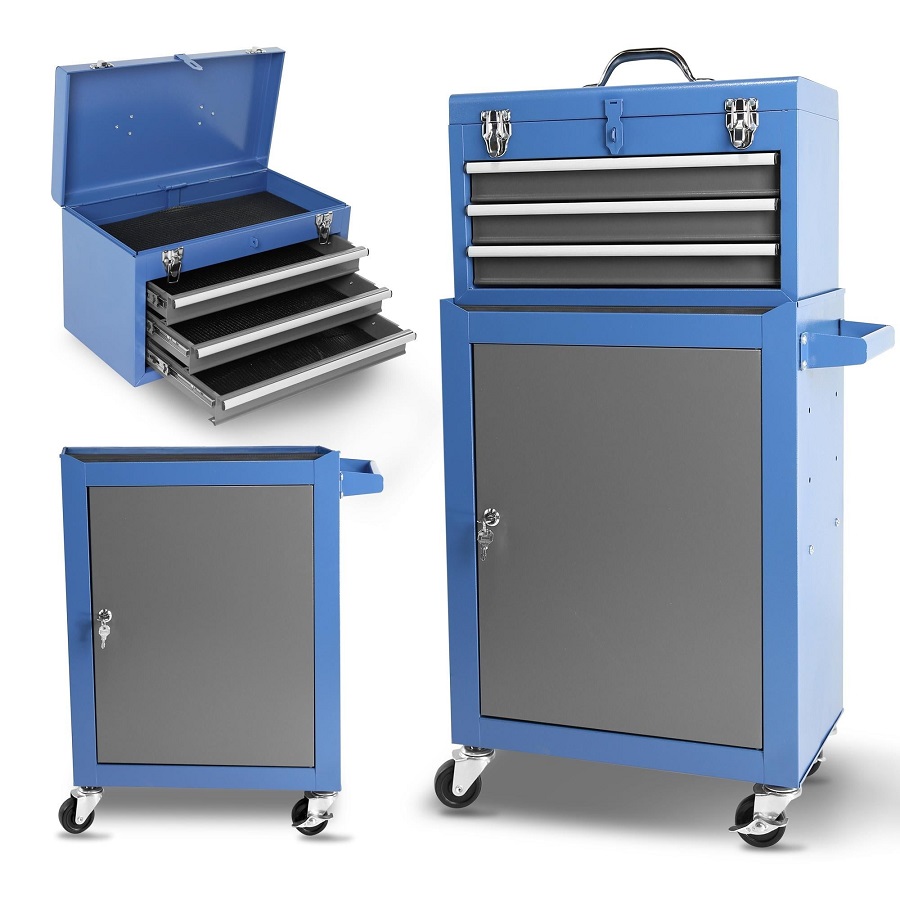
DIY Tool Cabinet Projects for the Space-Conscious Woodworker
For those who enjoy the satisfaction of building their own solutions, DIY tool cabinet projects can be especially rewarding. Not only do they allow for full customization according to your specific needs, but they can also be a cost-effective way to maximize the work area in a small workshop. Here are some DIY tool cabinet ideas that make efficient use of limited space:
- Wall-Mounted Pegboard Cabinets: Combine the versatility of pegboards with cabinet storage. Build a shallow cabinet behind a pegboard to store less frequently used tools while keeping others accessible on hooks.
- Rolling Workbench with Built-In Storage: A mobile workbench provides a work surface and tool storage in one. Include drawers and shelves underneath for your most-used tools.
- Fold-Away Workstation: Create a fold-out cabinet that converts into a workspace. Attach it to a wall so that it can be stowed away to free up floor space when not in use.
- Reclaimed Locker Conversion: Repurpose old school or gym lockers into tool cabinets. Add some shelves and labels, and it becomes a unique, space-saving storage solution.
- Stacked Crates on Casters: Stack wooden crates vertically or horizontally. Add wheels for a flexible, portable tool cabinet that you can reconfigure as your tool collection grows.
Remember, the success of a DIY tool cabinet project lies in planning and customizing it to make the best use of available space. Always measure your workshop area carefully and think about the flow of work before starting your project. Safety is also critical, so make sure your DIY cabinet is stable and secure once installed. These personalized creations not only serve as a workspace necessity but also add a touch of individuality to your workshop.
Utilizing Vertical Space: Wall-Mounted and Hanging Cabinet Options
When floor space is scarce, looking up becomes essential. Wall-mounted and hanging tool cabinets are perfect for small workshops. They leverage vertical space, keeping the floor clear and tools in order. This section will guide you on how to make the most of these vertical storage options.
Choosing Wall-Mounted Cabinets
Wall-mounted cabinets save valuable floor space. Here’s what to keep in mind when picking one:
- Ensure Stability: Cabinets must hold tools securely. Choose sturdy materials and anchor them well to walls.
- Consider Size: Pick cabinets that fit your wall space. Don’t let them overwhelm the area. Compact is key.
- Accessibility: Doors should open with ease, without hitting other items or walls.
- Adjustable Shelving: Look for options with customizable shelf positions. Adapt storage as tool sizes change.
Opting for Hanging Cabinets
Hanging cabinets offer another vertical solution. They can hang above workbenches or other areas where floor-standing units won’t fit. Selection tips include:
- Strong Mounts: Ensure the hanging mechanism is robust. It should handle the weight of your tools safely.
- Height Considerations: Install at a height that balances easy reach with maximized under-cabinet space.
- Lockable Doors: If the cabinet will hang high, opt for doors that lock in place. It prevents them from swinging open.
Benefits of Vertical Storage
Storing tools vertically has its advantages. Here are a few to consider:
- Space Optimization: You can create more working area on the floor.
- Visibility: Tools are at eye-level, making it easier to find what you need.
- Clutter Reduction: With a place for every tool, work surfaces remain clear.
In conclusion, wall-mounted and hanging cabinets are smart choices for limited spaces. They optimize your workshop’s layout, improve tool access, and keep work areas open and safe. With the right selection and setup, you’ll increase both efficiency and satisfaction in your small workshop.

